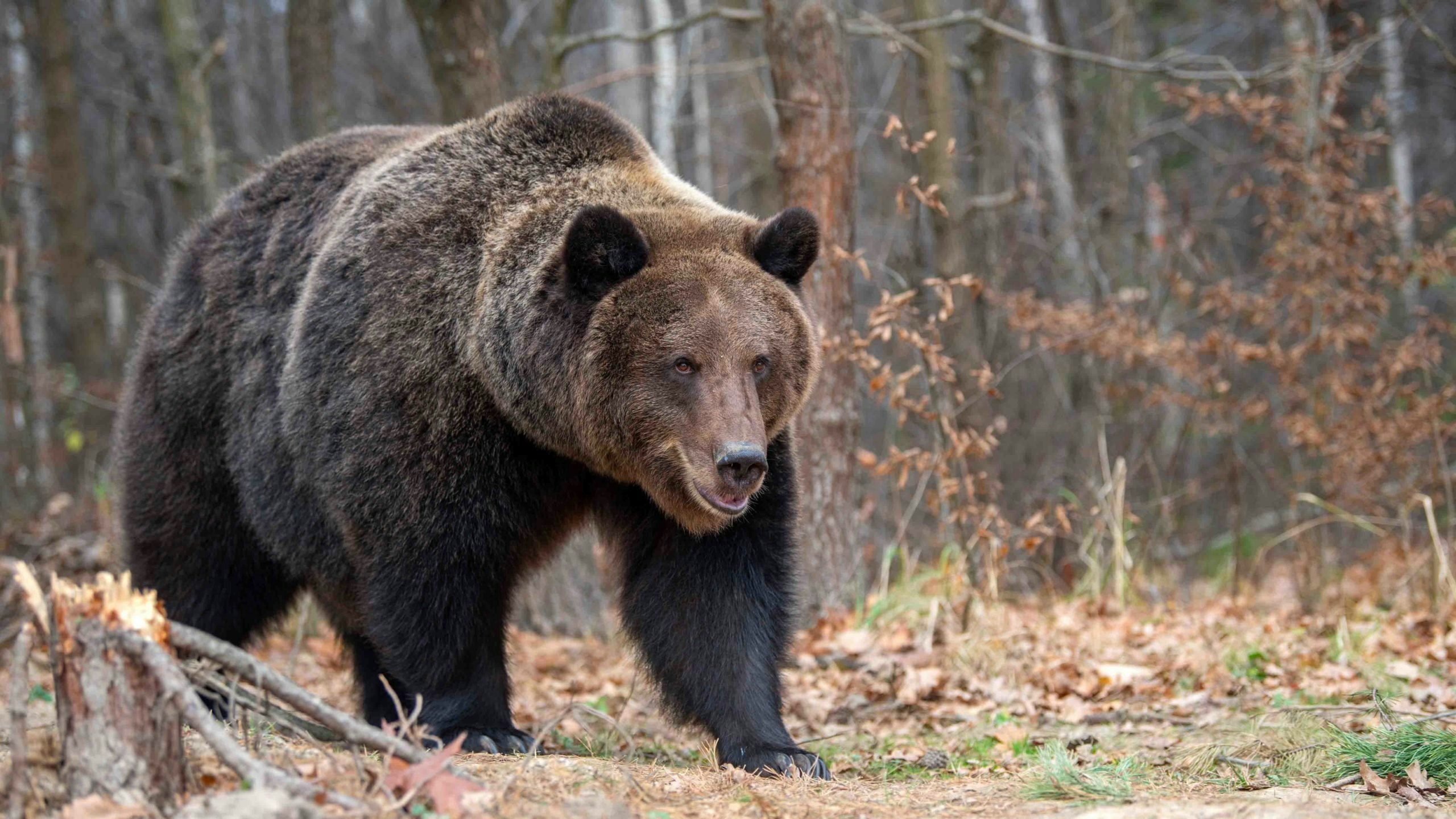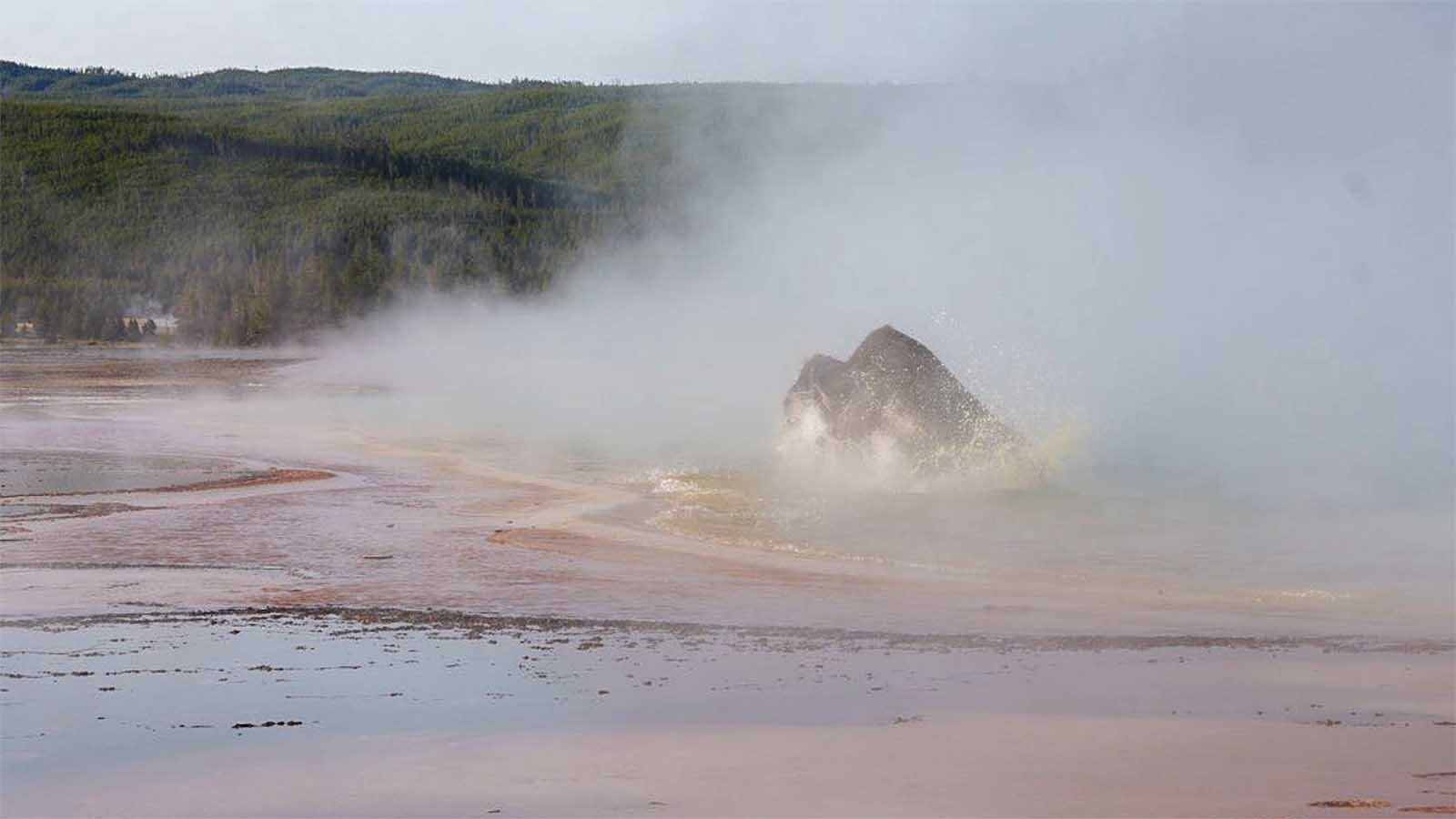Wyoming officials are disagreeing with a U.S. Fish and Wildlife Service recommendation to leave grizzly bears on the threatened wildlife list for at least five more years.
Last week, the agency recommended that no change be made to the to the grizzlies’ status as threatened under the Endangered Species Act for at least five years, which will allow for a status review.
But Wyoming officials maintain the recommendation is not based in the reality of what is happening with the bears in the park.
“The Greater Yellowstone Ecosystem bear population is booming, growing from as few as 136 bears during early recovery periods to potentially more than 1,000 in the ecosystem today,” said Brian Nesvik, director of the Wyoming Game and Fish Department. “The traditional range has expanded beyond what is considered biological and socially suitable habitats by 7,738 square miles. Yet, it remains listed because of endless federal lawsuits litigated in courts outside of Wyoming and disengagement from what is happening on-the-ground in our state.”
The Fish and Wildlife Service’s recommendation to leave the bears on the list came after a thorough review of the best available science, the agency said in a statement, which was informed by an independently peer-reviews species status assessment.
The recommendation did confirm that grizzly populations in the Greater Yellowstone and Northern Continental Divide ecosystems are biologically recovered. However, the five-year status review would allow for assessment of the species as a whole across the 48 contiguous states.
The assessment will evaluate the species’ current needs, conditions and threats, as well as modeling future scenarios. The remaining challenges with their threatened status include limited habitat connectivity, management of access by motorized vehicles, human-caused mortality and uncertainty surrounding future conservation efforts in some ecosystems, according to the Fish and Wildlife Service.
Grizzlies were originally listed as threatened in 1975 and then removed from the endangered species list in 2017 by the Fish and Wildlife Service, which cited a significant increase in bear populations.
However, in 2018, a federal court reversed the agency’s decision.
Nesvik said the decision to continue to list the bears as threatened ignores the progress that has been made in their recovery.
“By all federally mandated criteria and scientific measures, the grizzly bear population in the Greater Yellowstone Ecosystem has reached and exceeded recovery status for more than 20 years,” he said. “Over the last 40 years, Wyoming has contributed over $50 million to meet the high-bar required for delisting. These contributions have come largely from hunters and anglers.”
Gov. Mark Gordon agreed with Nesvik’s sentiments and is backing a proposal by the state’s congressional delegation to remove the bears from the endangered species list.
“The governor is supportive of the legislation introduced by our (congressional) delegation that would de-list grizzly bears,” Gordon’s spokesman Michael Pearlman told Cowboy State Daily on Tuesday. “Wyoming’s grizzly bears have been biologically recovered for more than a decade, and therefore the state should be managing the species.”
U.S. Sens. Cynthia Lummis and John Barrasso have joined U.S. senators from Idaho and Montana in introducing legislation to remove grizzly bears from the endangered species list.
In late February, U.S. Rep. Liz Cheney reintroduced a bill to Congress that would remove grizzly bears from the endangered species list and prevent them from being considered threatened or endangered wildlife in the future.





